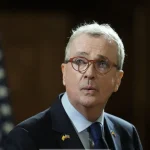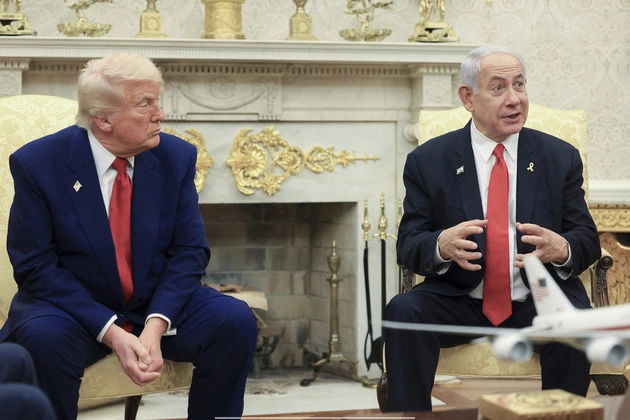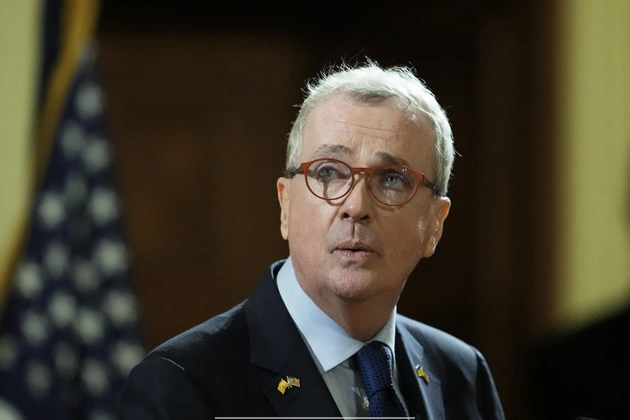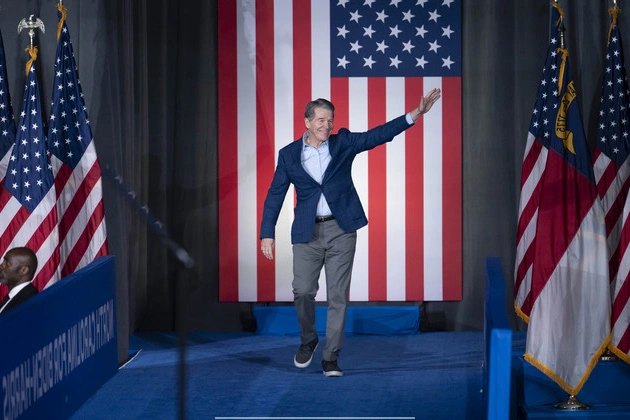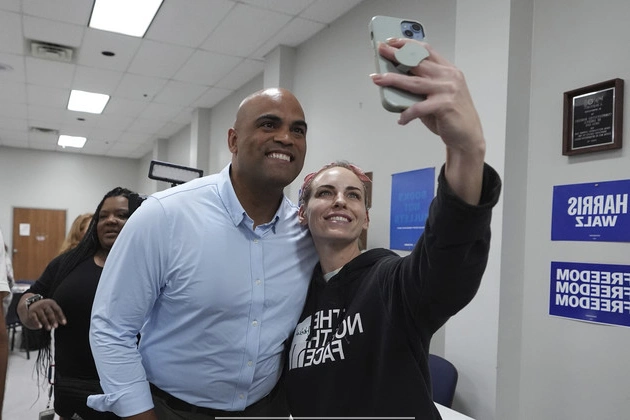
Army Secretary Dan Driscoll has taken on the additional responsibility of acting director of the Bureau of Alcohol, Tobacco, Firearms and Explosives (ATF), a move that breaks new ground for the civilian head of the largest military service.
Confirmed by two defense officials, speaking anonymously to discuss personnel matters candidly, Driscoll’s dual-hat role places a Pentagon official at the helm of the law enforcement agency for the first time in its 50-year history.
The Unprecedented Move
This unprecedented step signals a notable change at the top of the Justice Department office, traditionally led by its own director. The development coincides with the Army’s efforts to streamline its workforce by reducing civilian positions and exploring potential force consolidations.
Other Officials in Dual Roles
While a few top military officials hold multiple roles, none span two distinct government agencies until now. Examples include Gen. Chris Cavoli, concurrently serving as NATO’s supreme allied commander and the head of U.S. European Command, and Lt. Gen. William Hartman, who assumes the roles of chief of the National Security Agency and U.S. Cyber Command following his predecessor’s dismissal by the previous administration.
Requests for comments from both the Pentagon and the Justice Department regarding this notable appointment remain unanswered.
Challenges and Responsibilities
Driscoll’s expanded role is expected to add complexity to his already demanding agenda as Army secretary. The timing of the announcement, made while he was on a trip to Germany, underscores the significant adjustments ahead.
The Pentagon’s ongoing review of overseas troop deployments, which may involve relocating thousands of Army personnel from Europe, adds to the secretary’s challenges. Additionally, the Army is tasked with reducing its budget by 8% and reallocating resources to align with the Defense Secretary’s revised priorities.
Organizational Restructuring
Recent initiatives by the Army include offering civilian staff the option of deferred resignation and proposing revised organizational charts to streamline operations and eliminate redundant agencies. Cost-saving measures like closing satellite campuses for educational institutions demonstrate the service’s commitment to fiscal efficiency.


